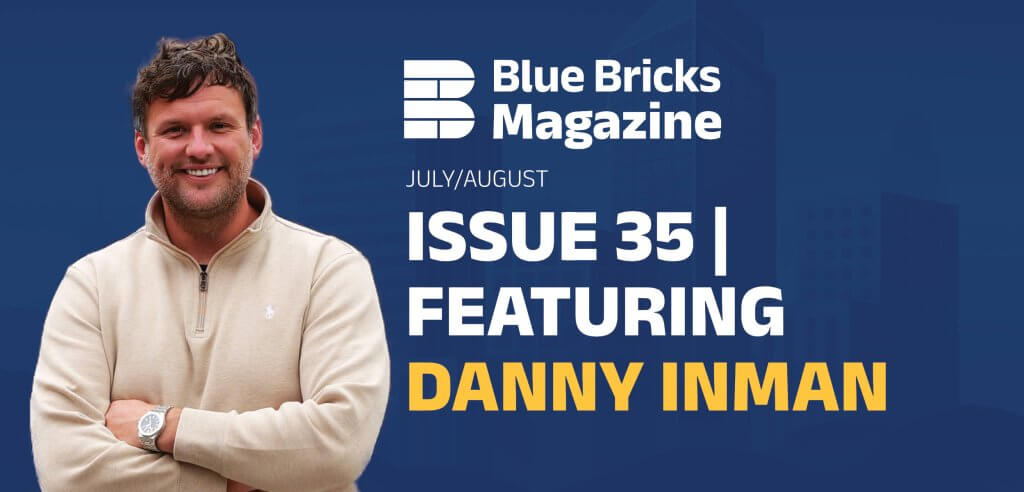UK Property Market: A Week of Mixed Signals
The UK property market appears to be entering a new phase. Over the past week, a series of reports from the Office for National Statistics, HM Land Registry and industry bodies suggest that while activity remains robust, the momentum is shifting. For landlords, tenants and investors alike, the messages are clear: rental growth is slowing but still high, house prices are steadying, landlords are exiting in increasing numbers, tenants are feeling the squeeze, and the government is contemplating radical tax reforms.
Rents: High but Easing
Private rents have been the headline driver of property news for months, and they continue to rise—just not as rapidly. According to the latest ONS figures, rents increased by 6.7 % in the twelve months to June 2025, slightly down from May’s 7 %. Even so, this growth is well above the current inflation rate of 3.6 %. The average rent across the UK has now reached £1,344 per month. London remains the outlier: annual rent increases there are 7.3 %, taking the average monthly rent to £2,252, while the North East has the strongest annual rental uplift at 9.7 %.
Analysts say these numbers reflect an affordability crunch. The rise in rents has outpaced wages for most tenants, forcing landlords to adopt strategies focused on tenant retention, property maintenance and efficiency instead of chasing ever-higher rents.
House Prices: Plateauing with More Choice for Buyers
Data from HM Land Registry show that the average UK house price rose 3.7 % year-on-year in June and stands at £269,000. On a monthly basis, prices increased 1.4 %. Scotland leads annual growth at 5.9 %; Northern Ireland is close behind at 5.5 %, while England and Wales stand at 3.3 % and 2.6 % respectively.
However, fresh data from Rightmove reveal a growing gap between asking prices and achieved prices. In August, average asking prices slipped by 1.3 % to £368,740, and 34 % of sellers reduced their asking price—the highest proportion since 2012. Even so, activity is picking up: sales agreed are 8 % higher than a year ago and the number of homes for sale has risen 10 %, giving buyers more choice. Colleen Babcock of Rightmove notes that in this high-supply environment, “buyers have the upper hand” and sellers must price competitively to secure a sale.
Landlords: Leaving a Difficult Market
While buyers return, landlords are withdrawing. The RICS Residential Survey shows that new buyer enquiries fell by a net 6 % and sales instructions by 16 % in July. Landlord instructions have declined for eleven consecutive months, and buy-to-let mortgages now account for just 8 % of new lending.
The pressure doesn’t stop there. UK Finance reports that 790 buy-to-let properties were repossessed in Q2 2025, an 11 % rise year-on-year, while 11,270 mortgages are currently in arrears, although arrears have fallen by 5 %. Moneyfacts’ Rachel Springall warns that many landlords “can no longer keep up with mortgage repayments” and may need to sell underperforming properties. The combination of rising costs, regulatory pressure, and tax changes is driving many smaller landlords out of the market.
Tenants: The Hidden Cost of Rising Rents
High rents aren’t just a headline; they translate into real financial strain for tenants. A survey from SpareRoom covering 3,775 flatsharers found that 51 % rely on loans, overdrafts or a second job to pay their rent. Specifically, 19 % use overdrafts, 18 % take out loans, 14 % work a second job and 13 % put rent on credit cards. Under‑30s are particularly affected: 17 % take on second jobs, and 22 % use overdrafts. SpareRoom’s Matt Hutchinson warns that although rental growth is slowing, many budgets still don’t cover asking prices, pointing to an affordability crisis. In Edinburgh, the mismatch is stark: the average rent is £823 per month, while tenants’ budgets average £716.
A Tax Shake‑Up on the Horizon
Amid all this, the Treasury is exploring a radical overhaul of property taxes. Officials are considering a “proportional property tax” to replace stamp duty on owner‑occupied homes, which would apply to properties sold for more than £500,000. The plan could also include a new local property tax replacing council tax. According to reports, the levy would be paid by owner-occupiers when they sell and would not replace stamp duty on second homes. Proponents say the change would make property taxation fairer and more stable, though critics warn it might push up asking prices around the £500,000 threshold.

This Week’s 3 Golden Nuggets – Featuring Danny Inman
This week, property investor and mentor Danny Inman shares the mindset and strategy behind building a scalable and long-lasting portfolio. Here are three key takeaways every investor should consider:
1. “Property is a contact sport.”
“The phone was glued to my ear. I was viewing properties every day. Property is a contact sport.”
📌 Danny highlights the importance of consistency and effort in building momentum. It wasn’t just about having a strategy—it was about putting in the reps, speaking to agents, viewing properties, and building trust day in and day out.
2. “It’s a business, not a hobby.”
“This is a business, not a hobby. Too many people treat it like the latter and wonder why they never scale.”
📌 Danny’s turning point came when he started treating property like a serious business—with processes, systems, and structure. This mindset shift allowed him to move from a few deals to building scalable, sustainable growth.
3. “Get clear on your model and master it.”
“I was doing flips, HMOs, single lets, commercial to resi… and then one day I just stopped. I picked one model, focused, and scaled it. That’s when things took off.”
📌 Focus beats variety. Danny learned that trying to do everything at once spread him thin. True progress came when he committed to one proven model and refined it relentlessly.
Discover Danny Inman’s full article and access more expert insights. Simply click the button below to receive the latest issue delivered straight to your door, free of charge.



